Four
PUBLIC SERVANTS AND UNION LEADERS
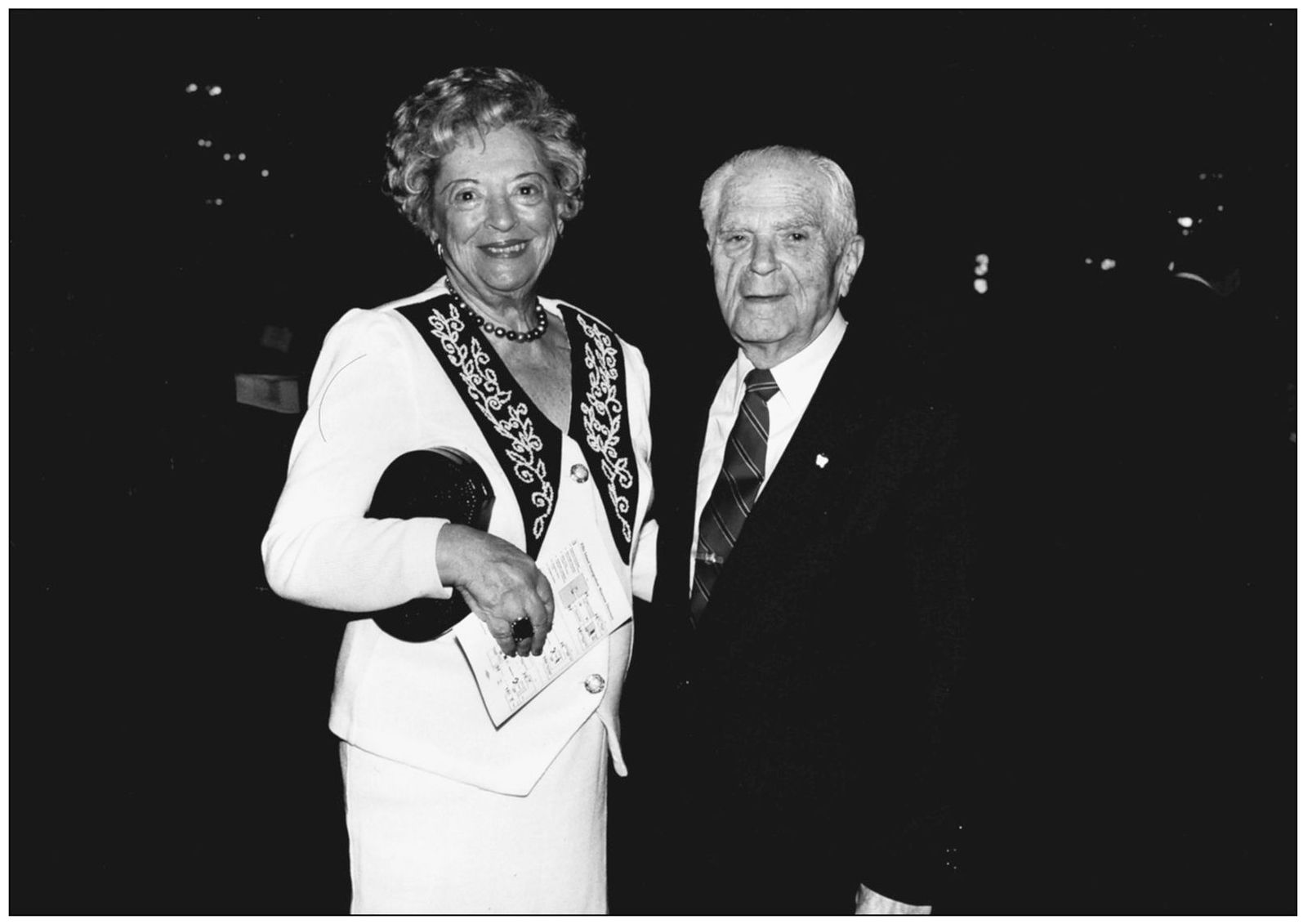
ABRAHAM D. BEAME. Yes, even a poor immigrant could aspire to the mayoralty of America’s grandest metropolis, New York City. After working as a schoolteacher, Abraham D. Beame (1905–2001) served in various fiscal offices before serving as mayor (1974–1977). During his tenure, the city was on the verge of bankruptcy. Beame was born Abraham Birnbaum in London, England, of Polish Jewish parentage, and he came to America in August 1906 on the Etruria with his mother, Esther Birnbaum, and two brothers.
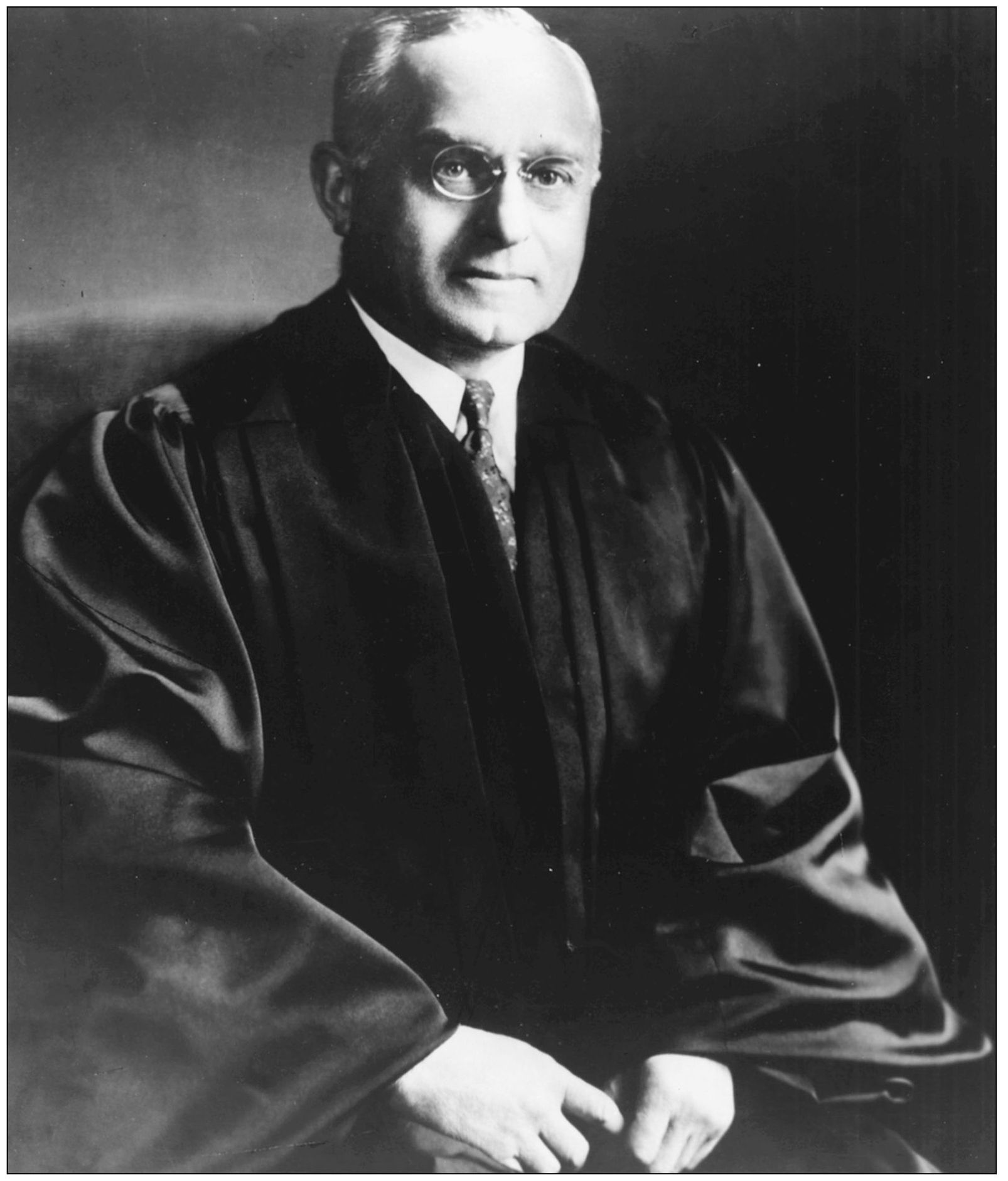
FELIX FRANKFURTER. A distinguished attorney and criminal investigator, Felix Frankfurter (1882–1965) was appointed to the position of associate justice on the Supreme Court by Pres. Franklin D. Roosevelt in 1939; he served until his retirement in 1962. A liberal, he supported civil rights reform and was instrumental in the landmark 1954 Brown v. Board of Education decision, which barred racial segregation in American public schools. In his younger days, he had also been a strong Zionist and had also opposed the execution of Nicola Sacco and Bartolomeo Vanzetti. Frankfurter was born in Vienna, Austria, and came to the United States with his family in 1894.
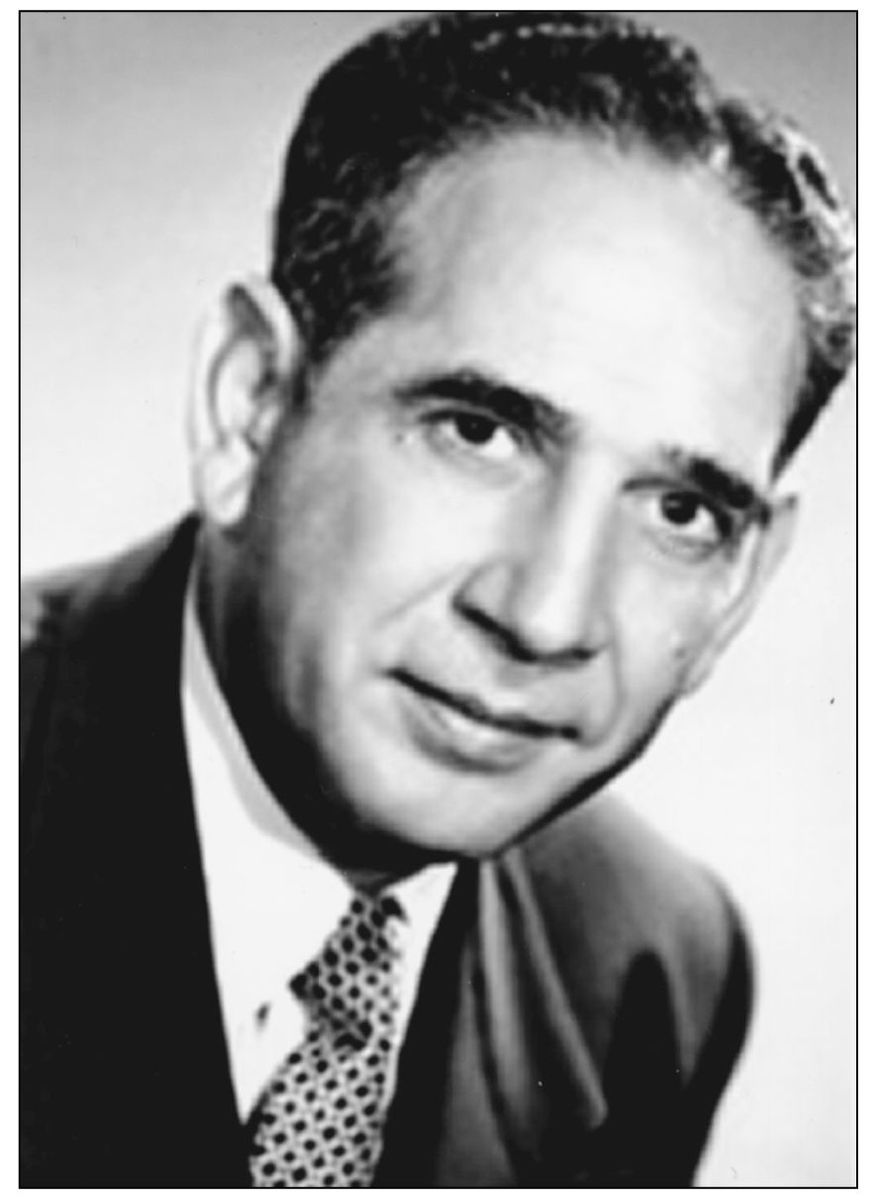
VINCENT RICHARD IMPELLITTERI.
Another immigrant to serve as mayor of New York was Sicilian-born Vincent Richard Impellitteri (1900–1987). Brought to New York in 1901, he grew up in Connecticut. He received a law degree from Fordham University and served as an assistant district attorney in Manhattan. He was elected president of the city council and then mayor (1950–1953). After leaving office, he served as a criminal court judge.
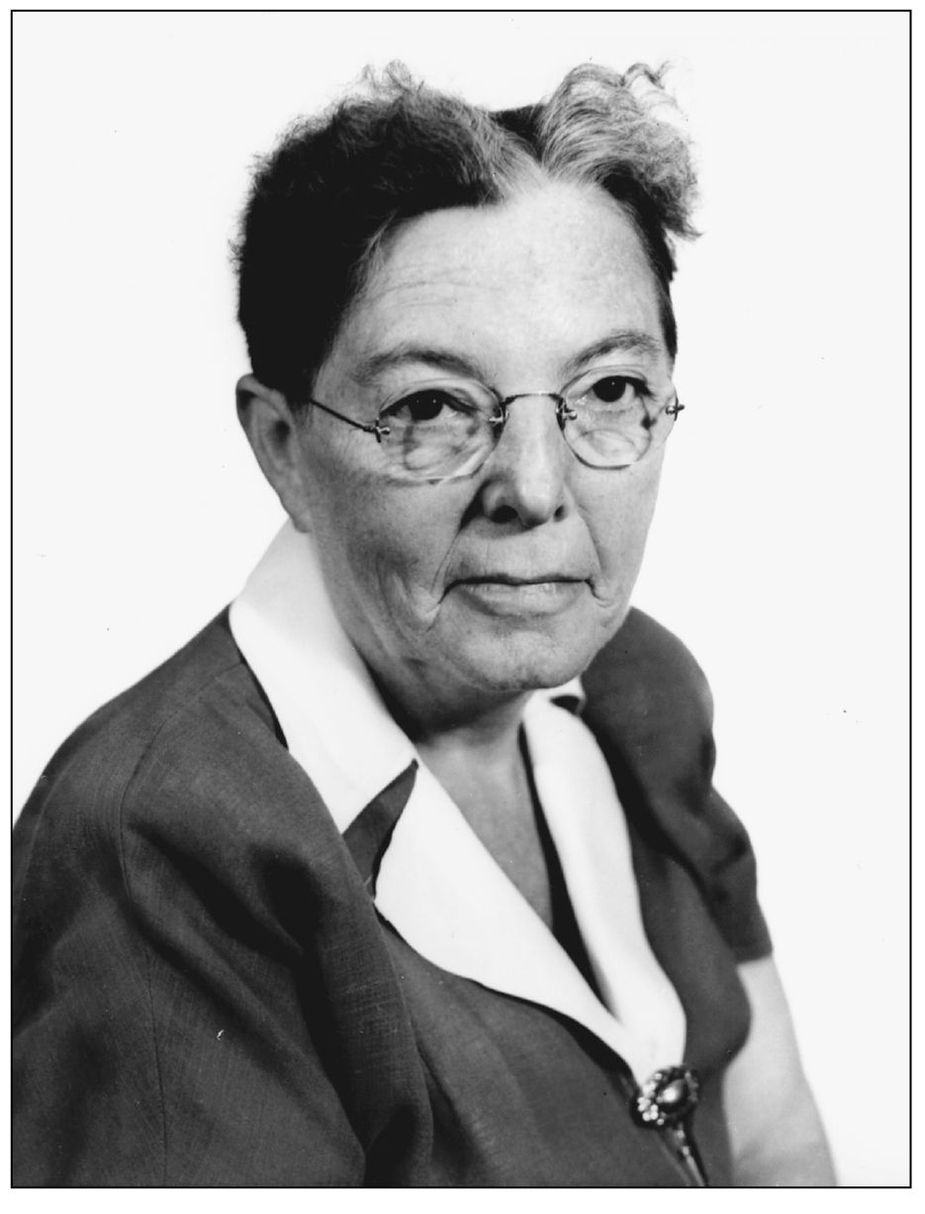
PAULINE NEWMAN. Labor organizer and strike leader Pauline Newman (1890–1986) was from Popelan, Kuvna, Lithuania. In 1901, she and her mother left Lithuania and immigrated to the United States to join two of the older Newman children in New York. They arrived at Ellis Island in May 1901 and went to live with relatives on the Lower East Side. For a time, Newman worked at the Triangle Shirtwaist Factory, but she was drawn to union organizing and eventually rose to become director of health education at the International Ladies Garment Workers Union.
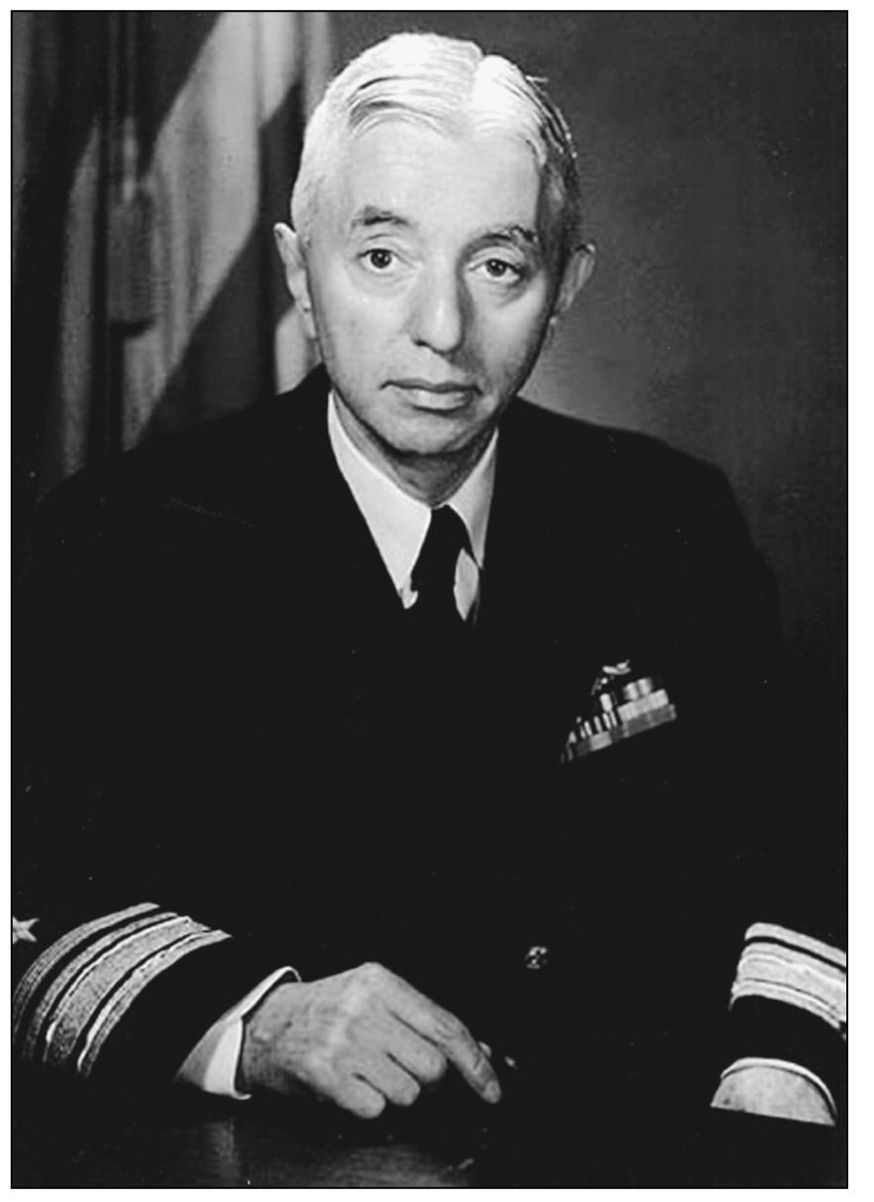
HYMAN G. RICKOVER. Known as the “father of the nuclear navy,” Hyman G. Rickover had a distinguished naval career, attaining the rank of admiral. He served a record 63 years on active duty. He and his family immigrated through Ellis Island in 1904.
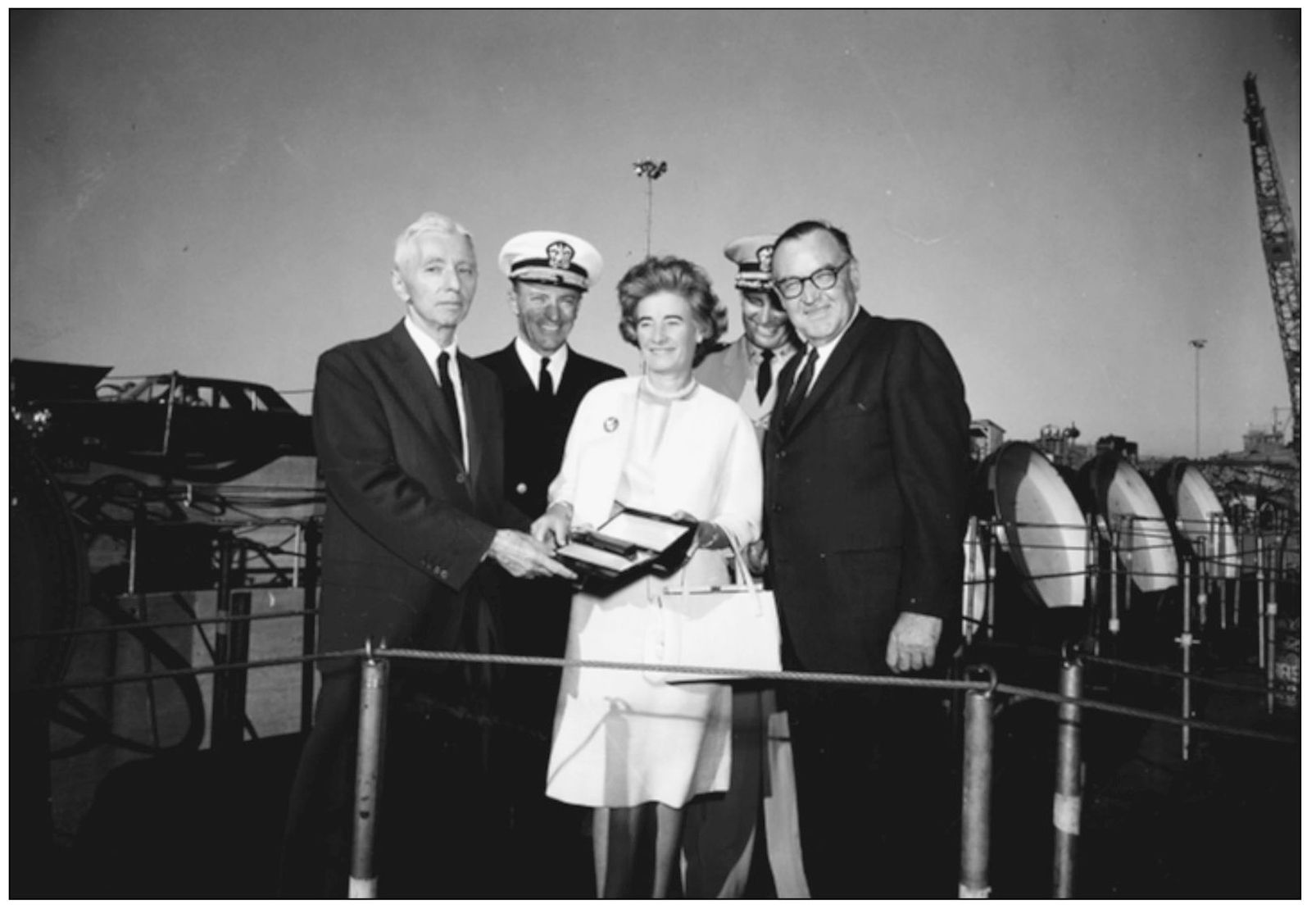
ADMIRAL RICKOVER. In 1964, Admiral Rickover received a citation from Gov. Edmund G. Brown of California. He is pictured here with the governor and his wife.
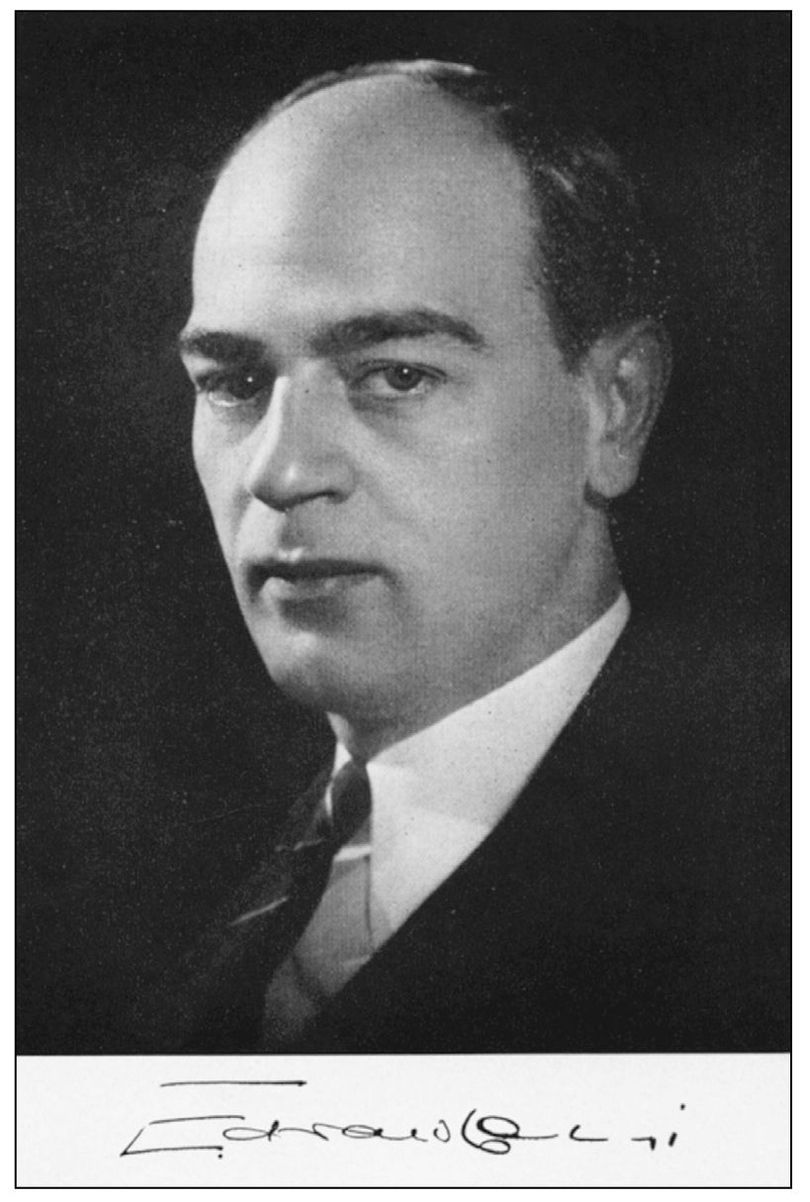
EDWARD CORSI. A lawyer, journalist, social worker, and public official, Edward Corsi (1896–1965) had a long career in the service of the public interest. Born in Capistrano, Italy, his family moved to New York in 1907. Corsi served as director of Harlem House in the Italian quarter, and his work there won him the appointment of federal commissioner of immigration for the port of New York (Ellis Island) from Pres. Herbert Hoover. He held this prestigious post from 1931 to 1934.
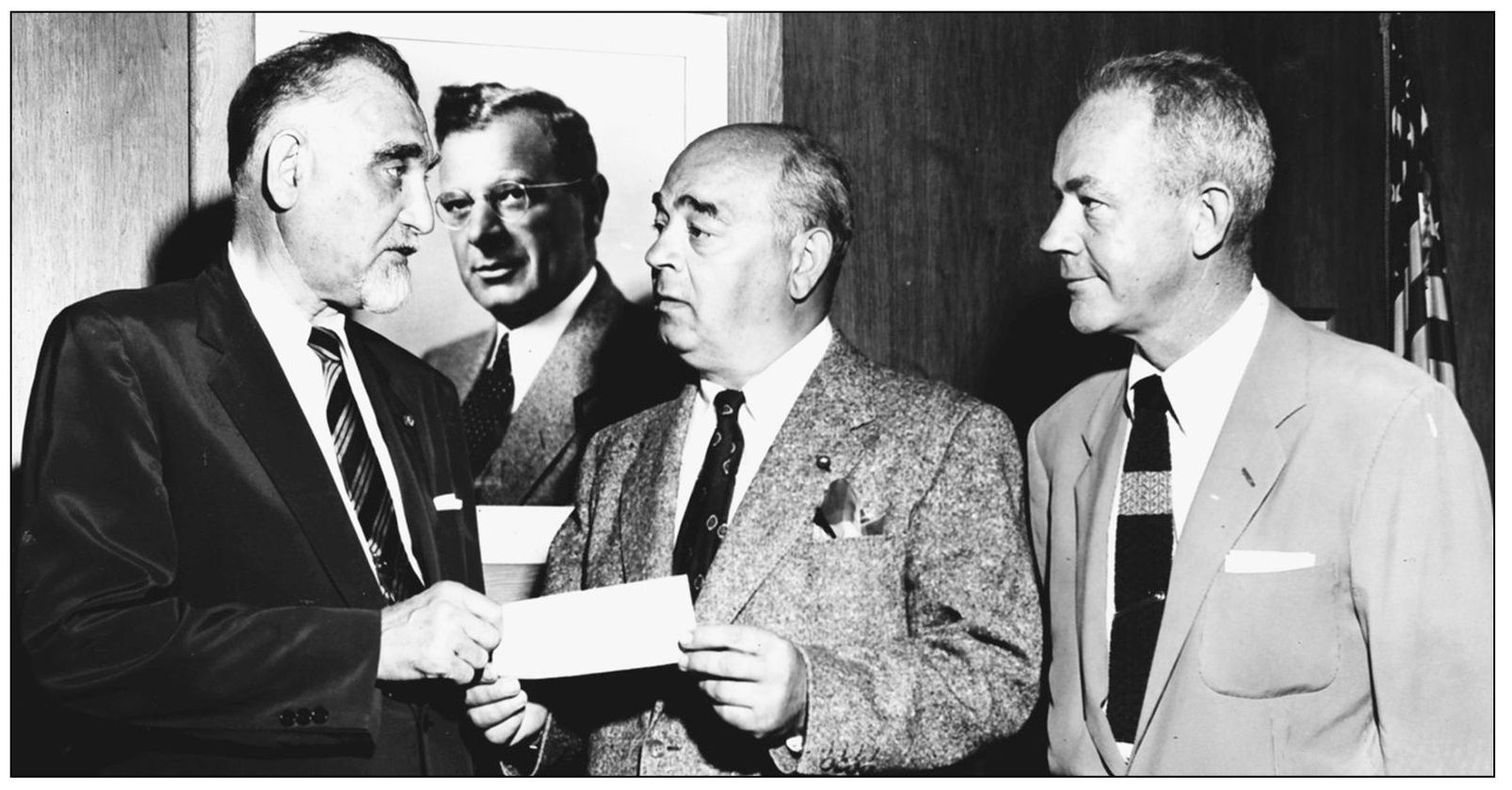
EDWARD CORSI AND THE AMERICAN MUSEUM OF IMMIGRATION. After unsuccessful bids for the Senate (1938) and mayor of New York City (1951), Corsi served in various positions under Gov. Thomas Dewey and U.S. Secretary of State John Foster Dulles. In this photograph (1956), he is accepting a donation of $5,000 from the Amalgamated Clothing Workers of America in his capacity as vice president of the American Museum of Immigration. A picture of the union’s deceased leader, Sidney Hillman, seems to look on in approval. Both Corsi and Hillman were Ellis Island immigrants. The museum was eventually built in the base of the pedestal of the Statue of Liberty.
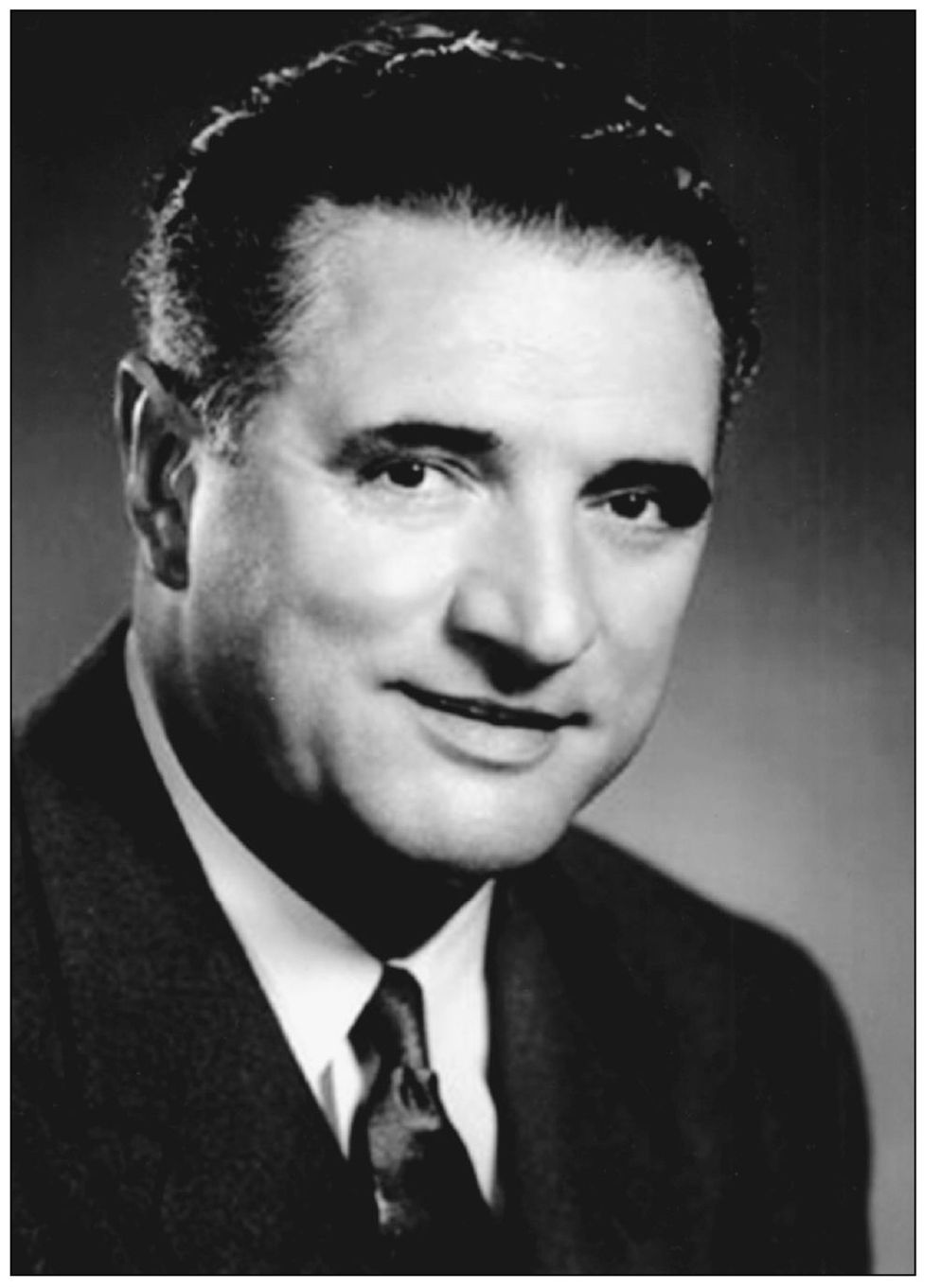
GEORGE CHRISTOPHER.
Springing from the working-class district of Greektown, George Christopher (1907–2000), the son of a cook, went from bookkeeper to millionaire dairyman to mayor of San Francisco (1956–1964) within a span of 20 years. Any greater political goals of his were cut short when conservative film star Ronald Reagan won the 1966 Republican gubernatorial primary by a landslide. Born in Arcadia, Greece, Christopher came to this country with his mother in 1911 to join his father in San Francisco. George Christopher was one of San Francisco’s most popular mayors.
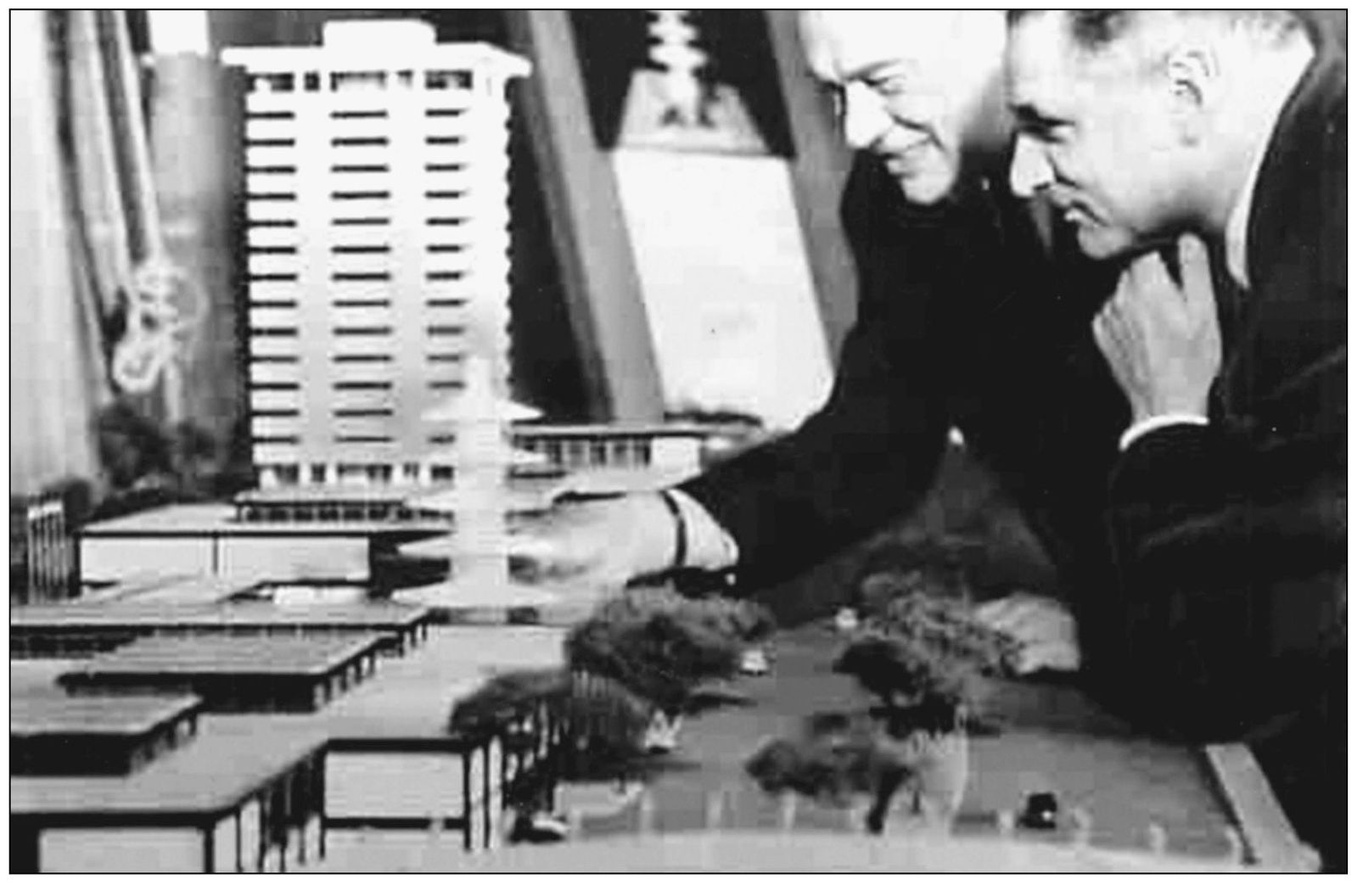
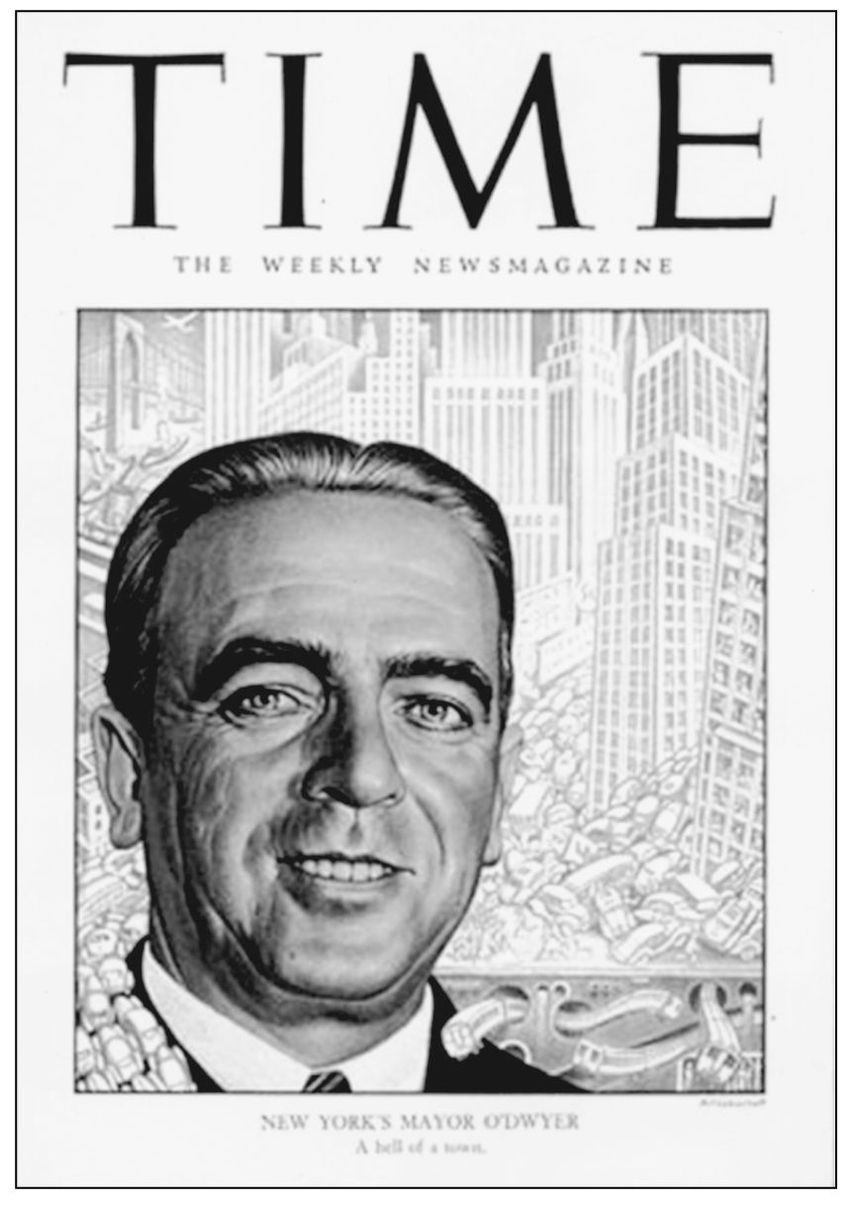
WILLIAM O’DWYER. Irish immigrant William O’Dwyer was the third Ellis Islander to serve as a New York City mayor. He went from his native county, Mayo, to study for the priesthood in Spain before he made a permanent detour to New York. There he became a policeman and by the aid of night school gained his law degree. After serving as a county judge in Brooklyn, he was elected the city’s district attorney. In this post he successfully prosecuted the criminal organization known as Murder, Inc. and jailed its kingpin, Charles “Lucky” Luciano. With this triumph, he easily won reelection in 1941 and in 1945 was elected to succeed Fiorello LaGuardia as mayor. Although reelected in 1949, O’Dwyer fell from grace in a police corruption scandal and resigned from office in 1950. Pres. Harry S. Truman appointed him ambassador to Mexico, a post that he held for about a year.
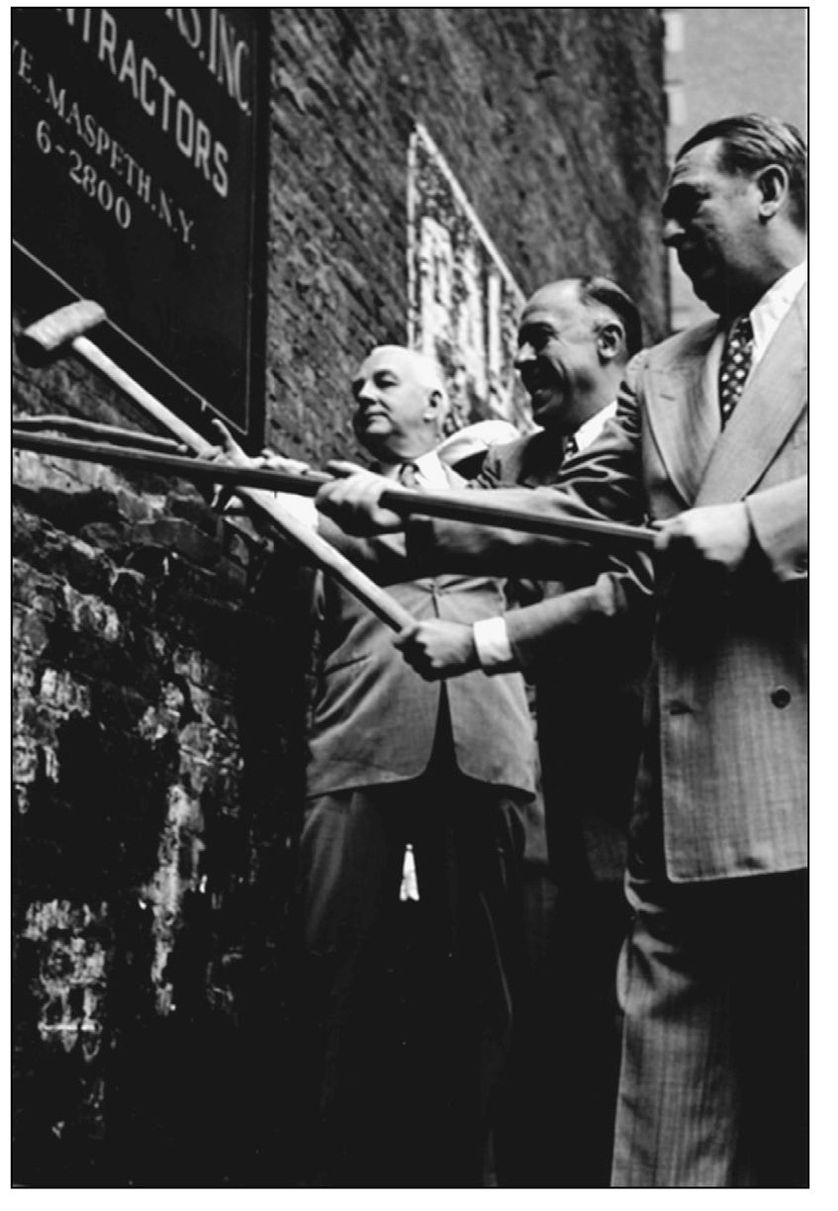
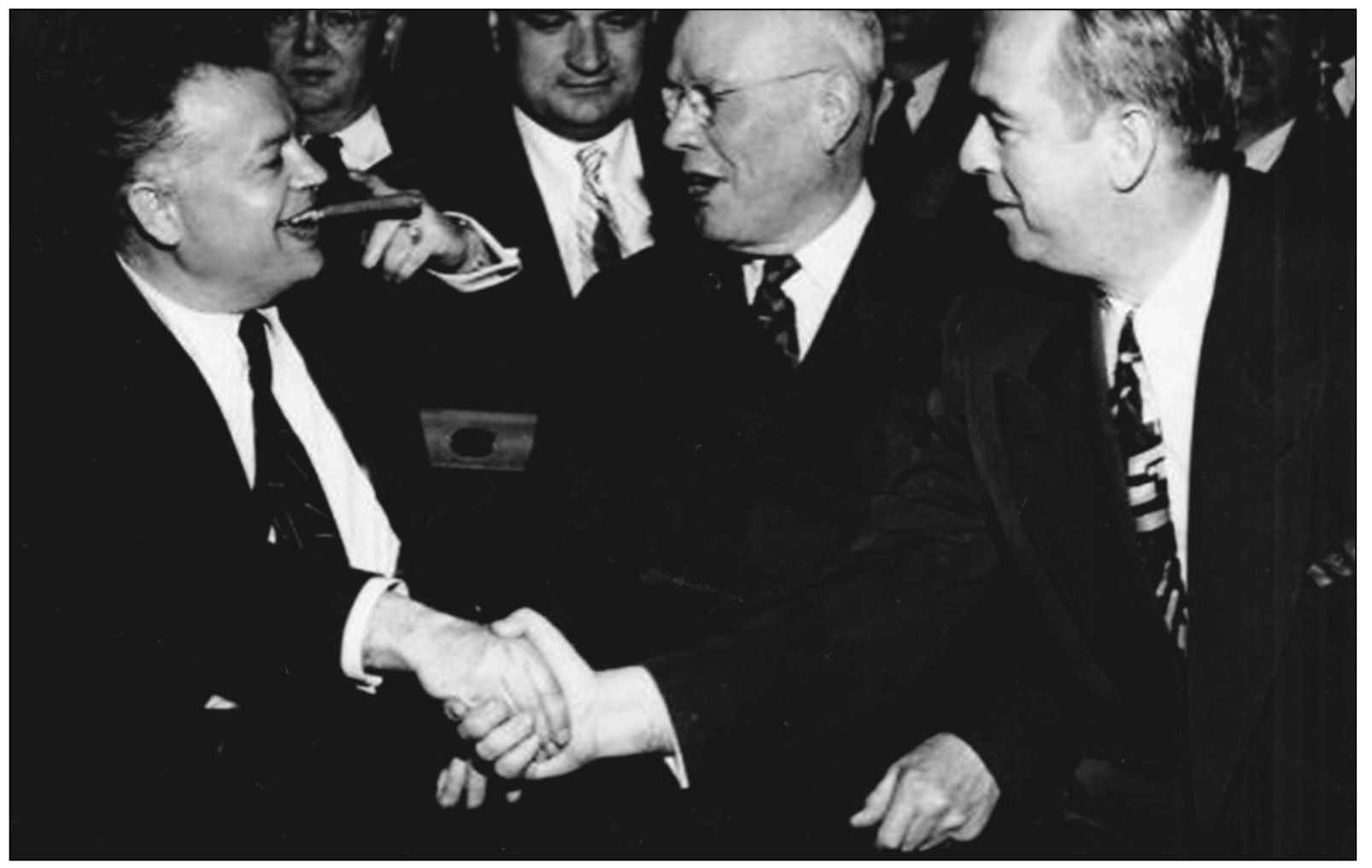
DAVID DUBINSKY AND MAYOR WILLIAM O’DWYER. The future labor leader David Dubinsky was born in Russia and worked as a baker before coming to New York in 1911. In America, Dubinsky (1892–1982) became a garment worker and soon became active in his trade organization, the International Ladies Garment Workers Union. He was a prominent official in the 1920s and served as its president from 1932 to 1966. The two Ellis Island immigrants David Dubinsky (left) and Mayor William O’Dwyer (right) are seen at a civic function.
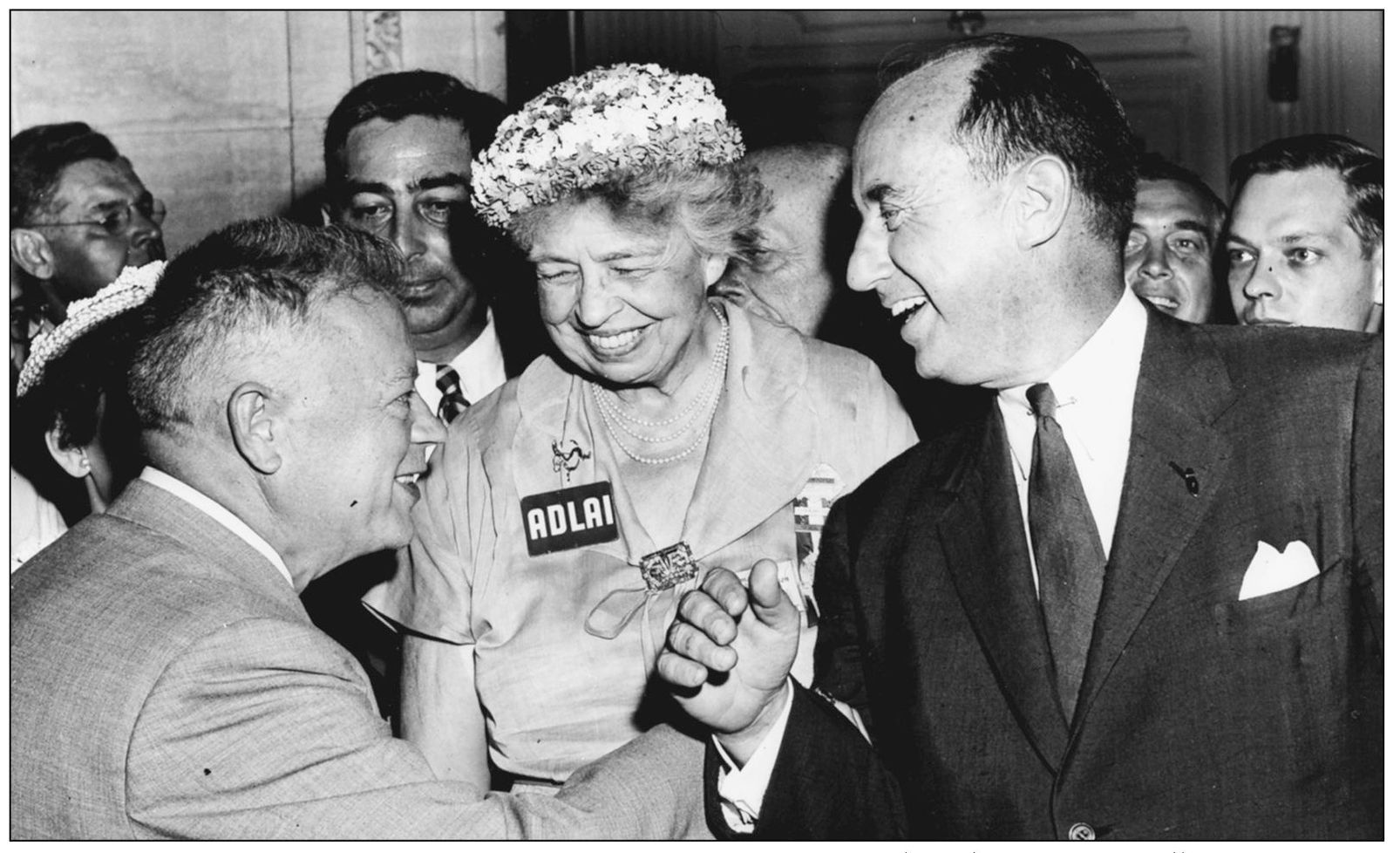
DUBINSKY, ELEANOR ROOSEVELT, AND ADLAI STEVENSON. Taken during Gov. Adlai Stevenson’s campaign for the presidency, this picture shows two of his ardent supporters, Dubinsky and former first lady Eleanor Roosevelt, expressing their excitement over the campaign.
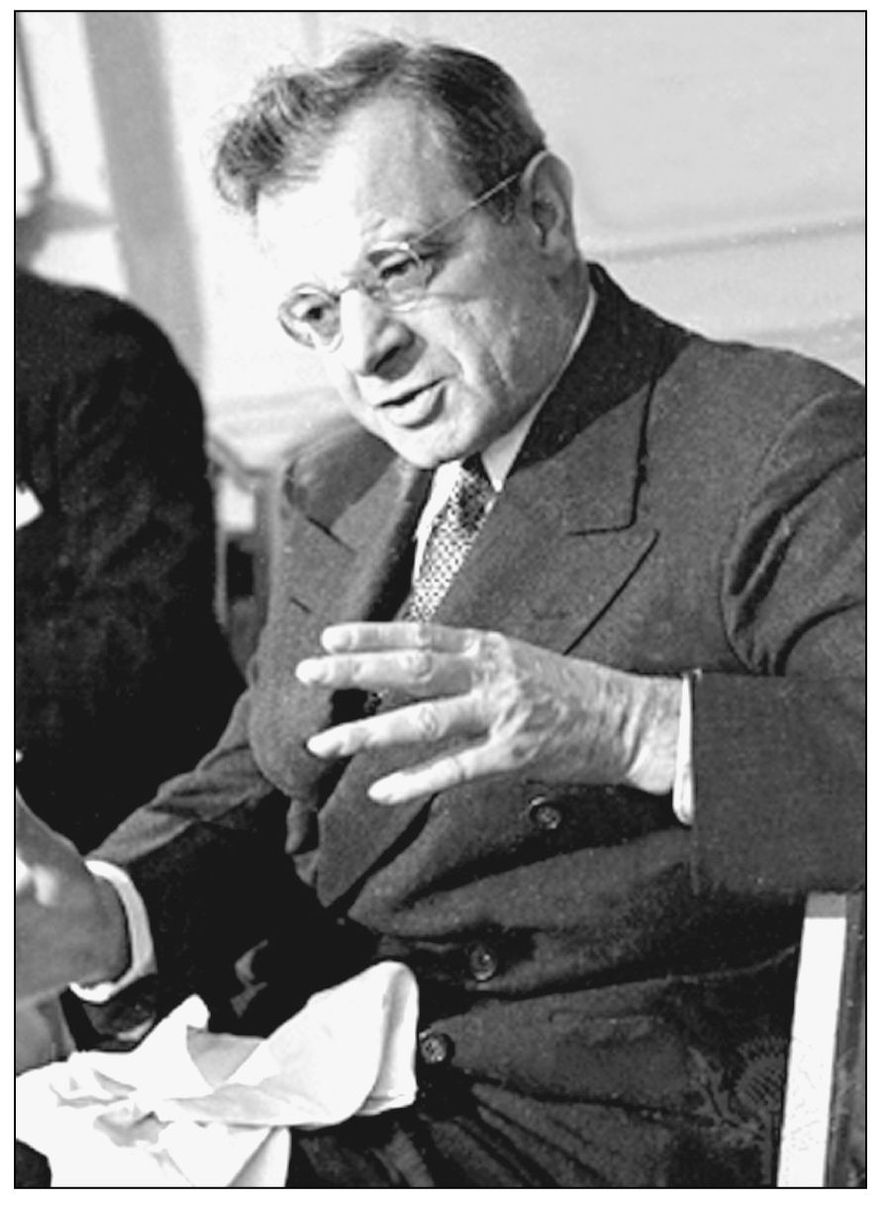
SIDNEY HILLMAN. Sidney Hillman (1887–1946) was the founder of the Amalgamated Clothing Workers of America and its president from 1914 to 1946. Hillman was a strong leader who sought to make reasonable compromises with business owners. He was a fervent supporter of Pres. Franklin D. Roosevelt and was also a friendly adviser. Hillman was born in Lithuania and came to the United States in 1907 to escape oppression.
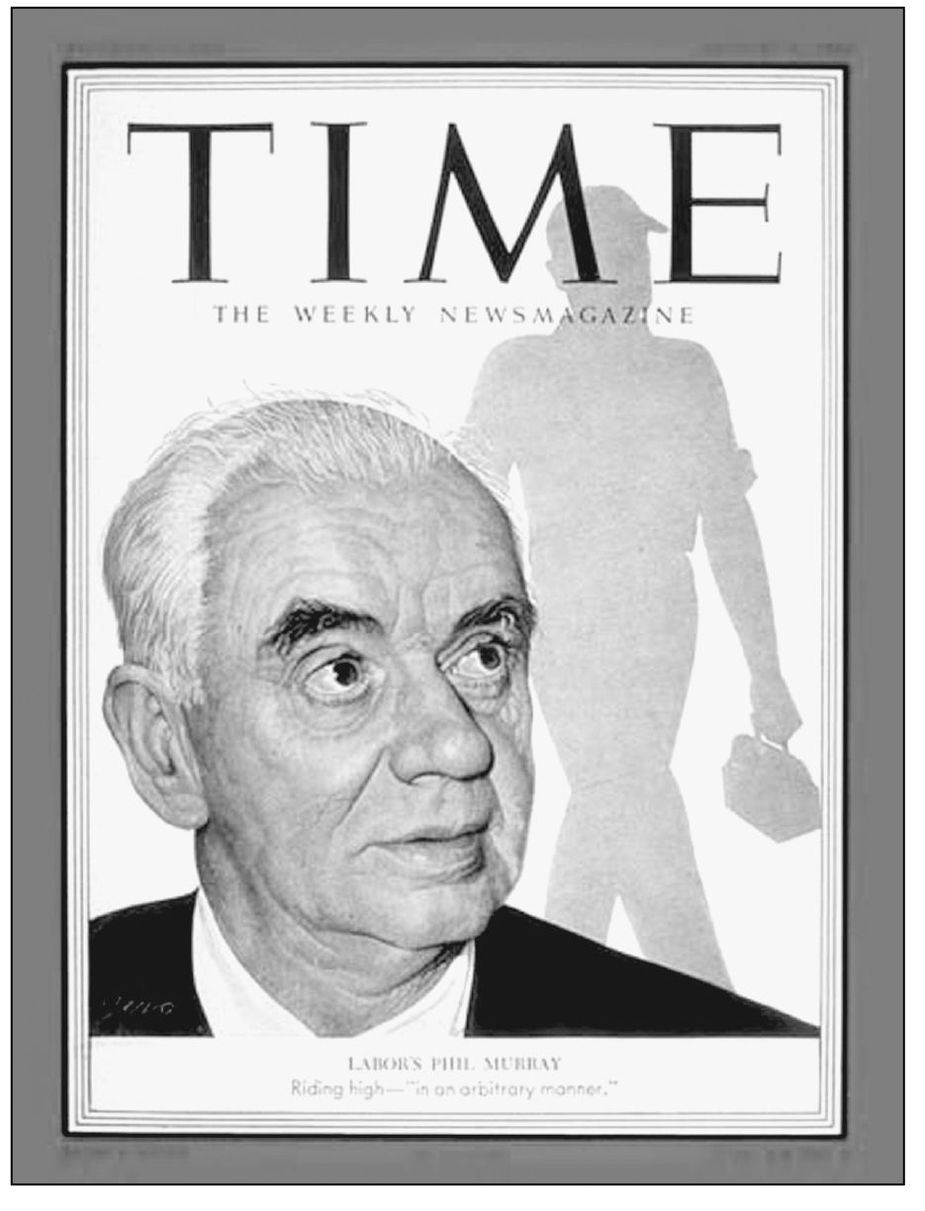
PHILIP MURRAY. One of the most important union leaders of the first half of the 20th century was Philip Murray (1886–1952). A native of Blantyre, Scotland, he and his father came seeking work in the coal mines of Pennsylvania. Shocked by the unfair treatment by mine owners, he became active in the United Mine Workers and from there steadily rose until he attained the presidency of the Congress of Industrial Organizations (CIO).
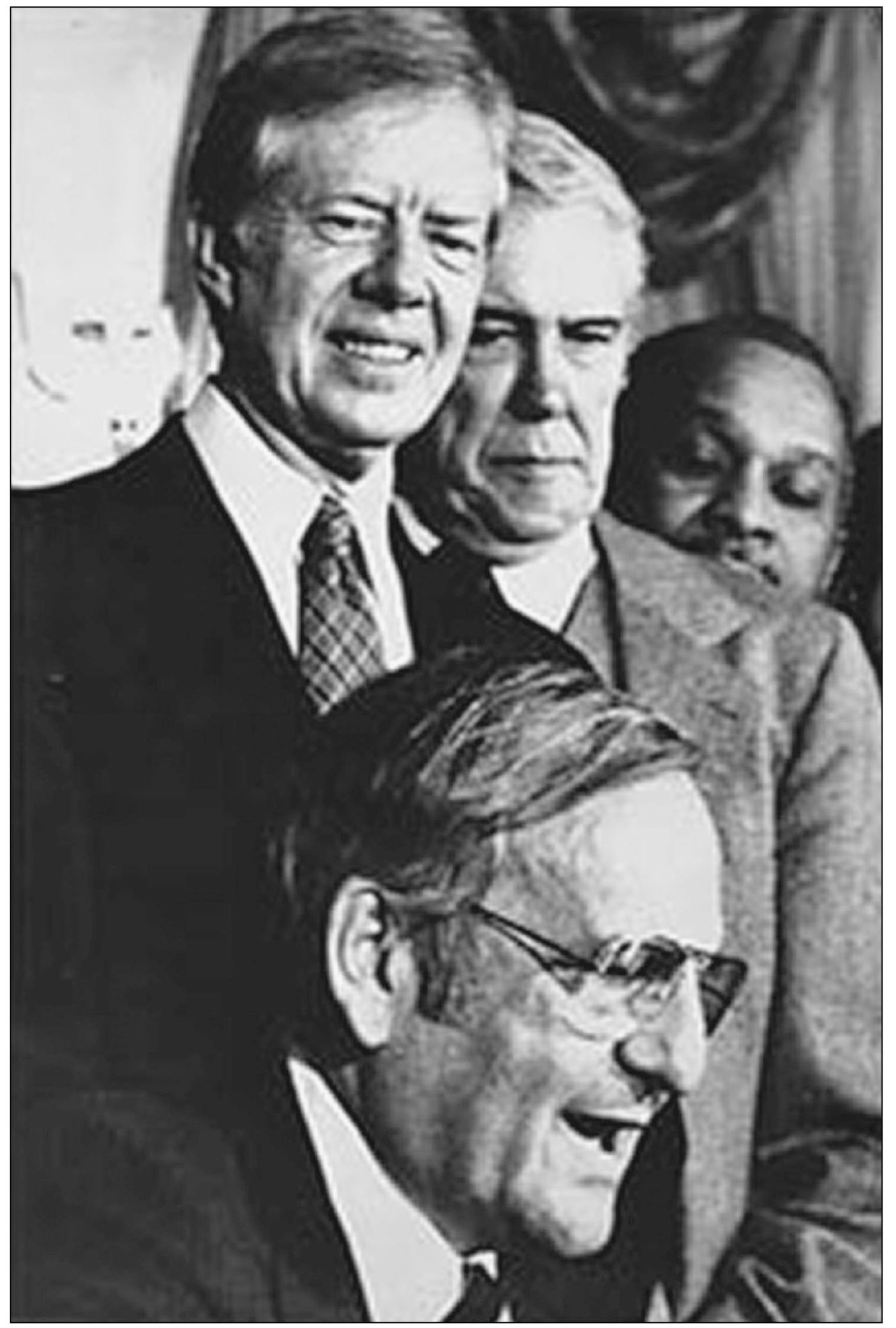
DOUGLAS FRASER. Another Scottish immigrant drawn into the leadership of a major trade union was Douglas Andrew Fraser. Born in Glasgow, Scotland, in 1916, Fraser was brought to America in 1923 by his mother aboard the SS Cameronia; they proceeded to Detroit where his father worked. When he was 18, he began working in the automobile industry and was soon active in his union. He climbed the ladder until he attained the presidency of the United Auto Workers (1977–1983). He is pictured with Pres. James Carter and Lee A. Iacocca, chairman of the Chrysler Corporation.